Brand visibility isn’t about reaching everyone — it is about reaching the right audience. Gone are the days of one-size-fits-all advertising. Now, marketers have many powerful tools to deliver tailored messages directly to people most likely to benefit.
One of the best tools available is Google Ads, which offers a smart solution called audience targeting. This feature helps advertisers connect with potential customers. When done correctly, audience targeting can boost your campaign’s performance, improve your return on investment, and create a stronger brand experience.
In this blog, we will explore why the target audience is so important, how it works in Google Ads, and the strategies to make your campaigns more effective.
What is Audience Targeting in Google Ads?
When using audience targeting in Google Ads, marketers can group the audience based on specific characteristics, behaviours, and interests. Rather than showing ads to everyone, now ads will only be shown to those people that are more likely to be interested in your products or services.
Google provides a variety of audience options, including:
- Affinity Audiences: Reach users based on long-term interests and habits.
- In-Market Audiences: Target people actively researching or ready to buy specific products or services.
- Custom Audiences: Build your own audience by defining keywords, URLs, or apps related to your business.
- Remarketing Audiences: Reconnect with users who have previously interacted with your website or app.
- Customer Match: Target your existing customers by uploading their contact information.
- Detailed Demographics: Target audiences based on life events, education, homeownership, and more.
Why Audience Targeting Matters
1. Increased Relevance Means Better Engagement
Showing ads to potential customers through audience targeting is highly effective for advertising. When someone sees an ad that matches their needs, interests, or behaviors, they’re much more likely to notice it, click on it, and engage, without the need for aggressive attention-grabbing tactics. This increases the chances of conversion. Audience targeting helps ensure your message reaches the ideal audience or potential customers who match your business goals, making your campaigns more efficient and impactful.
2. Higher Return on Ad Spend (ROAS)
When you ensure that your message reaches the right audience, you minimize wasted impressions and clicks. Your campaign becomes more effective when fewer ads are shown to uninterested users. This process delivers a higher return on ad spend (ROAS). So, audience targeting in Google Ads helps you focus your budget on qualified prospects, reducing the amount spent on users unlikely to convert and improving overall efficiency.
3. Personalization and Brand Loyalty
Targeting enables you to deliver personalized messages. When we show the right ad to the right person at the right time, this creates a feeling of trust and brand loyalty. Over time, audience targeting becomes much more effective, establishing a business relationship that helps create lifetime customers.
4. Competitive Advantage
Even today, most companies rely on demographic, contextual, or referral-based targeting. However, advertisers can gain a competitive edge by going beyond these traditional methods. They can target custom audiences based on demographics or retarget users who abandoned their carts, left the website, or viewed content without making a purchase. Such precision offers agility and control, which helps brands stay ahead in the competitive digital space.
How to Use Audience Targeting Effectively in Google Ads
1. Define Clear Audience Segments
Begin by identifying who your ideal customers are. Ask yourself: Who are your potential buyers? What are their interests, age groups, locations, and shopping habits? Use strategies like market research, customer feedback, and Google Analytics data to create specific audience segments. Remember, the better you know your audience, the easier it will be to target them effectively in your Google Ads campaigns.
2. Use Remarketing to Re-engage Visitors
Remarketing is one of the most effective strategies in Google Ads. It allows you to show ads to people who have already visited your website or app. These are users who have shown interest in your brand, are more likely to convert.
For instance, if someone visited your online store and added a product to their cart but did not complete the purchase, you can use the tactics of remarketing to remind them about the product. This keeps your brand in their mind and encourages them to come back and finish the purchase. This is a smart way to recover potentially lost sales.
3. Layer Audiences for Precision
Google Ads lets you channelize your audience targeting with other filters like keywords, location, device type, and demographics. This is called audience layering. It helps you fine-tune your ad targeting so that your ads reach only the most relevant users.
For example, instead of showing your ad to everyone searching for a product, you can show it only to mobile users in a specific city who have previously interacted with your site. This level of detailing improves your campaign performance and maximizes your return on investment.
4. Leverage In-Market and Custom Audiences
In-market audiences help you reach consumers who are already in the consideration phase of their buying journey. These users are actively researching or comparing products and services, making them more likely to convert.
Custom audiences, on the other hand, let you target potential customers based on specific keywords, URLs, or apps that show their interests and behaviors. This means you can reach users who closely match your ideal customer profile.
By combining both in-market and custom audience targeting, you can connect with users actively searching for products or services like yours, increasing your chances of conversions.
Real-World Examples of Audience Targeting Success
- Retailers have seen remarkable increases in conversion rates by using remarketing campaigns targeting abandoned cart users.
- Travel companies leverage in-market audiences to reach travelers actively searching for flights and hotels, driving higher bookings.
- B2B marketers use custom audiences to focus on specific industries or companies, delivering tailored messaging that resonates deeply.
Take Your Campaigns to the Next Level with Techmindz
Audience targeting in Google Ads is a powerful strategy that transforms ad campaigns into highly focused marketing efforts. By analyzing your audience and leveraging Google’s targeting features effectively, you can deliver more relevant ads, use your budget wisely, and grow your business more efficiently.
Whether you are a small business or a large corporation, audience targeting should be at the forefront of your Google Ads strategy. This helps improve campaign performance, reduce unnecessary ad spend, and build stronger connections with the right customers.
If you’re looking to master these skills and advance your career in digital marketing, Techmindz offers a comprehensive Digital Marketing course. The program includes expert-led training on a wide range of topics from Web design to Google Ads, with a strong focus on audience targeting techniques. With hands-on training and placement support, Techmindz is the ideal place to step into digital marketing and campaign management.

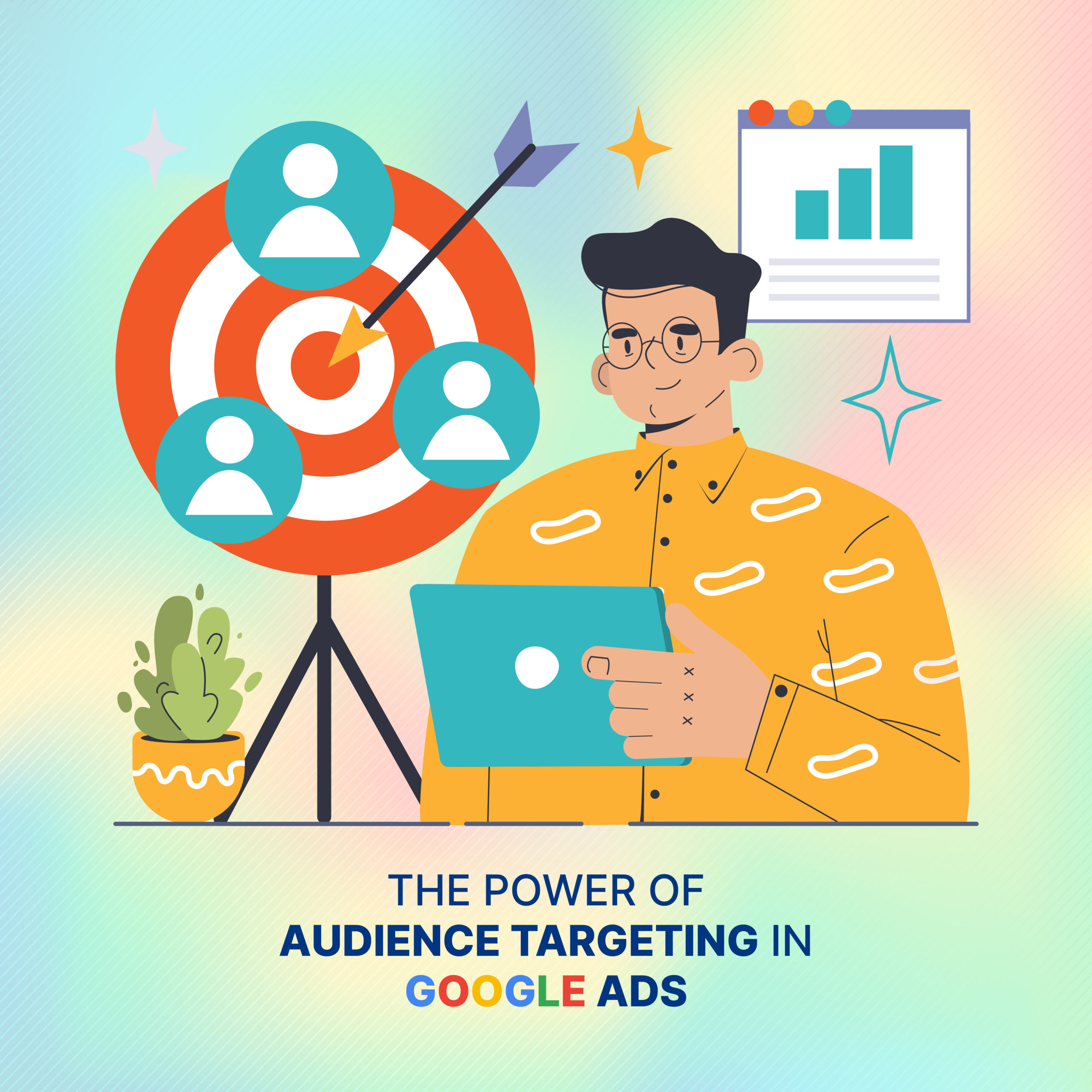


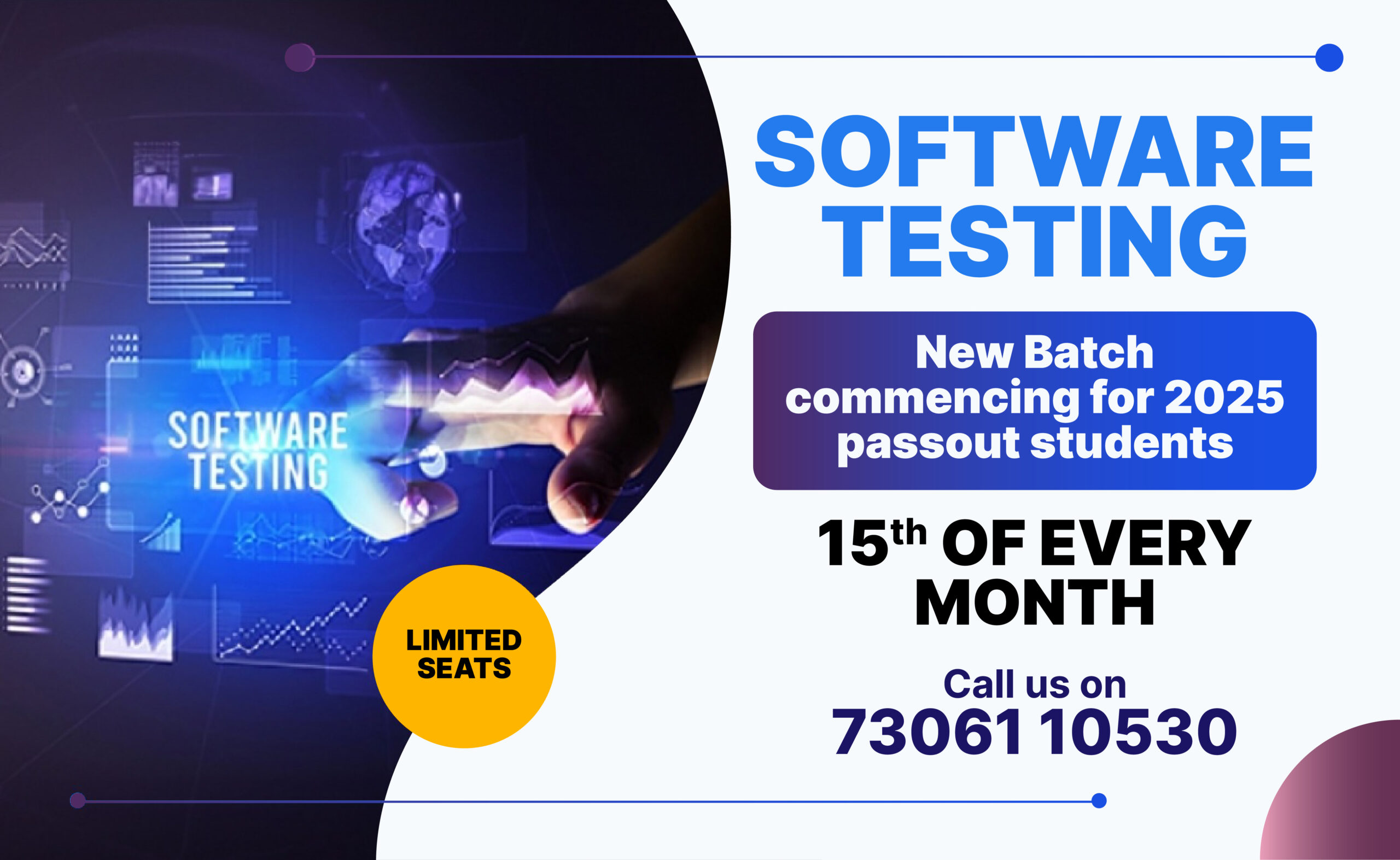

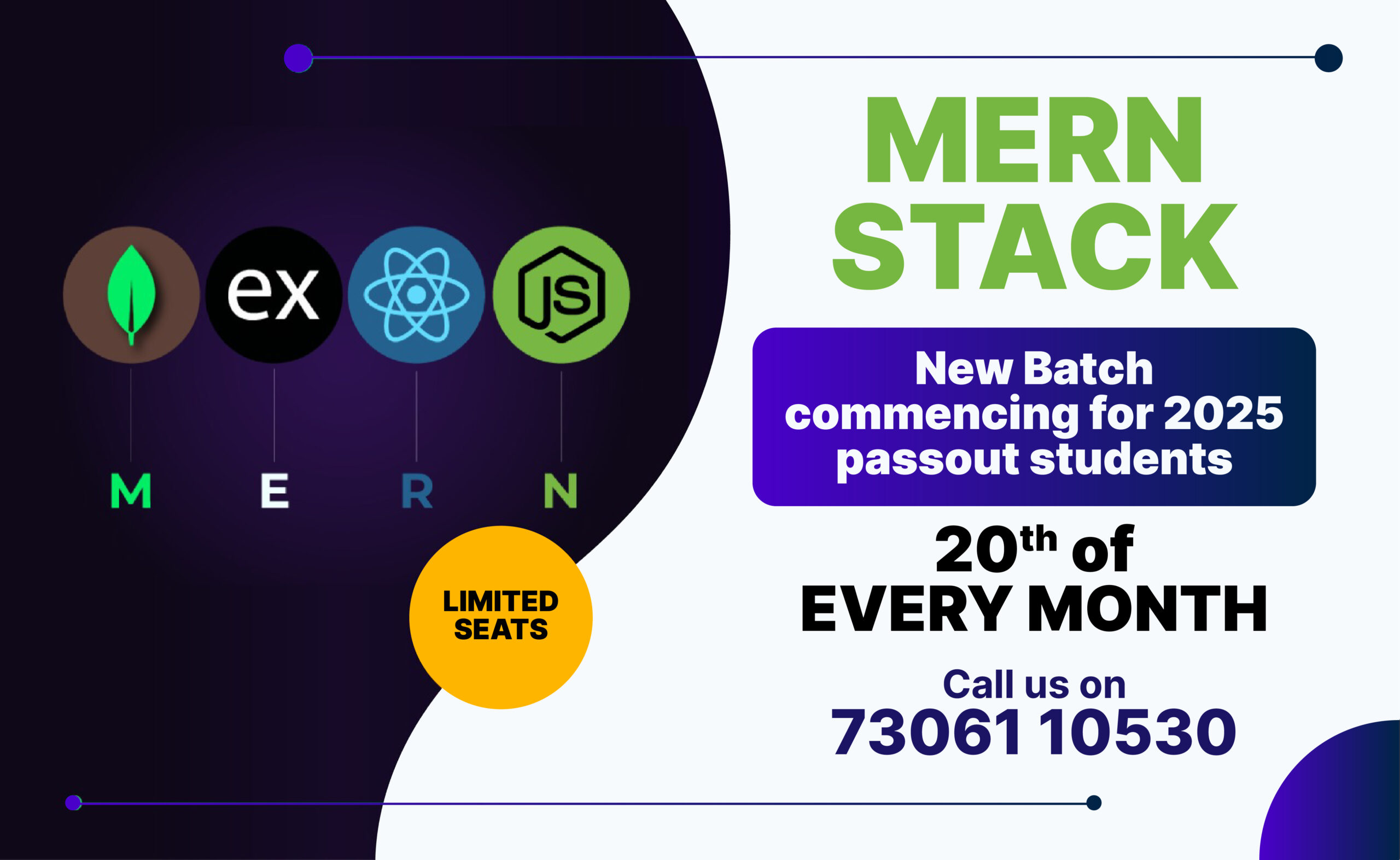
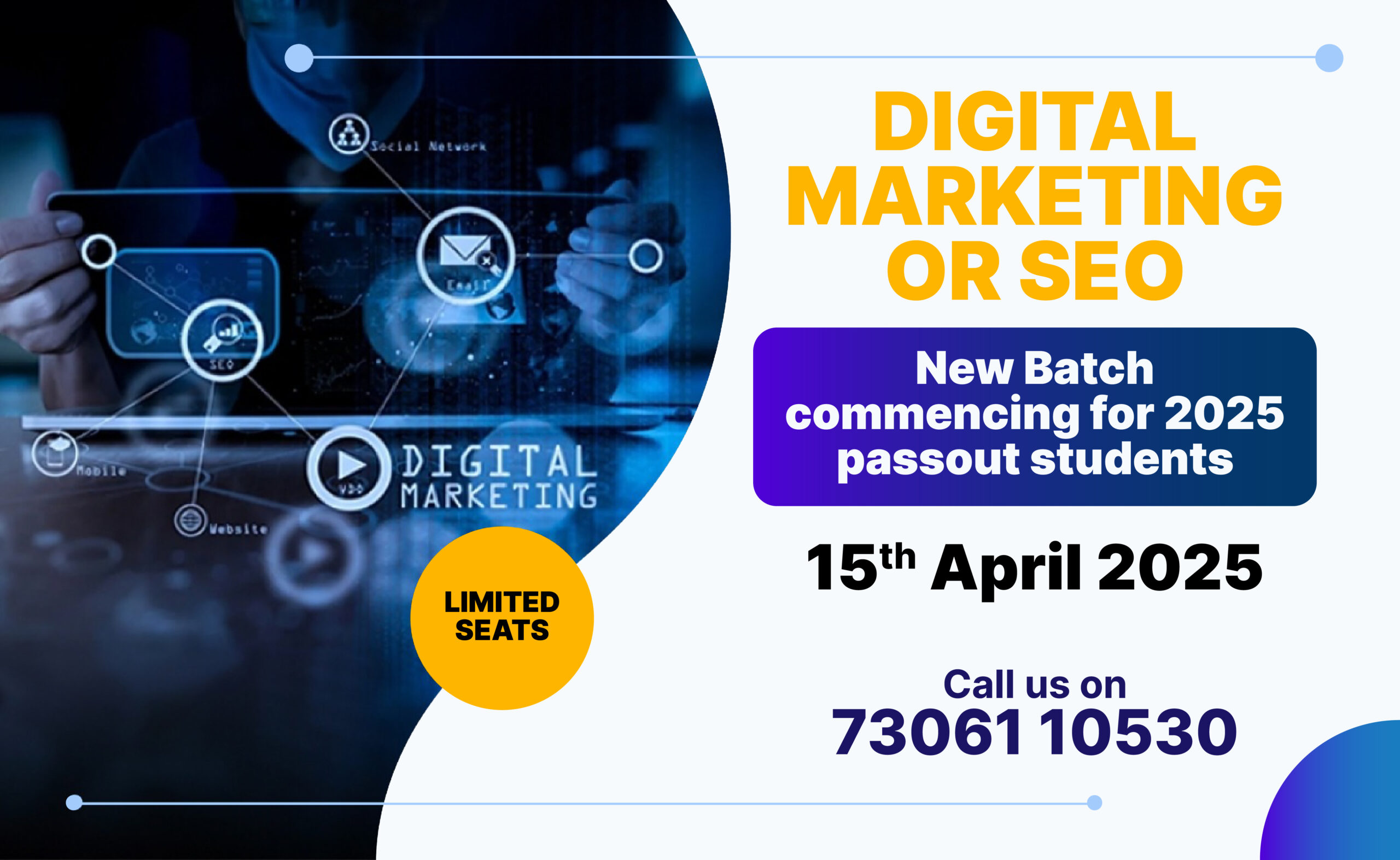
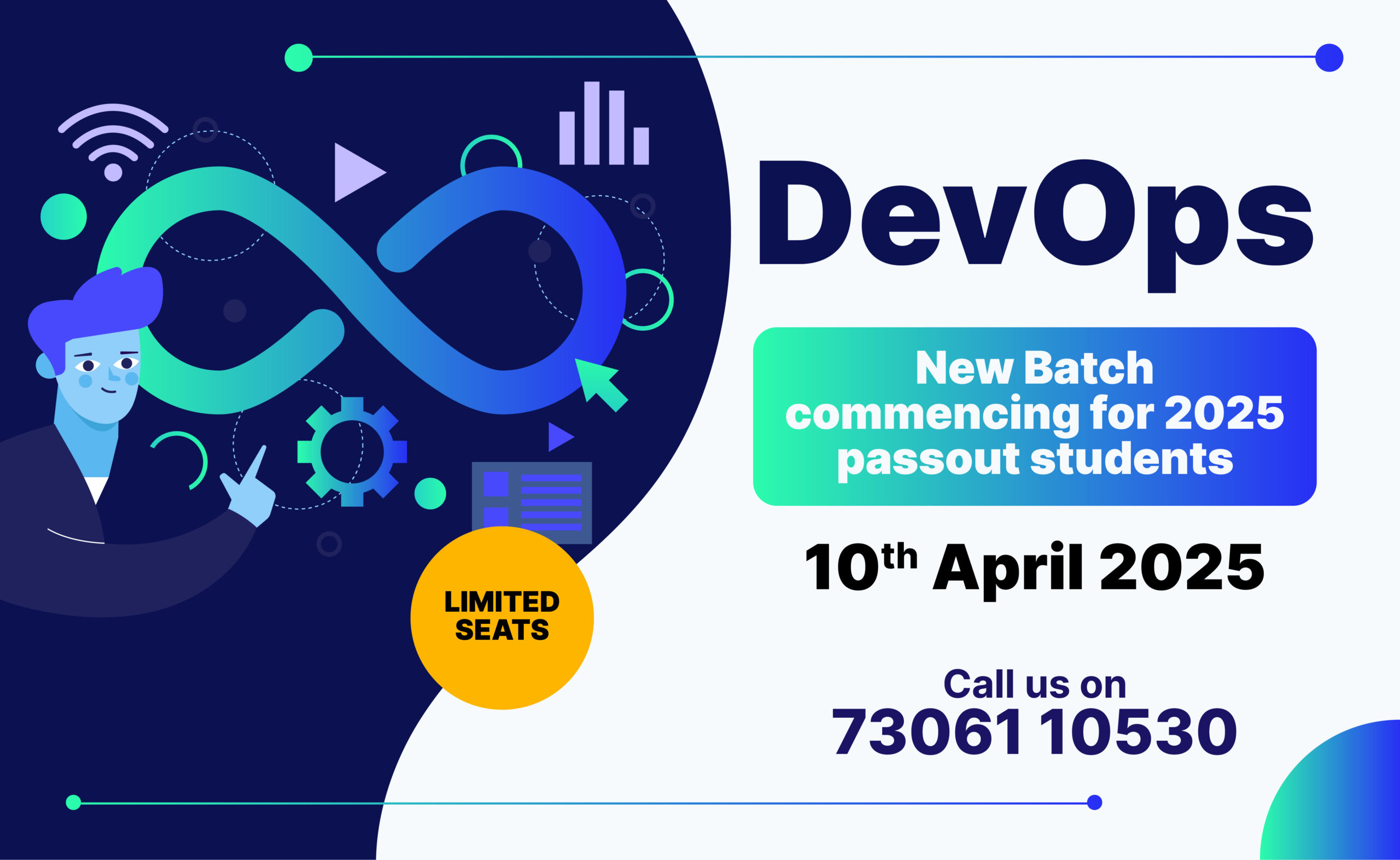

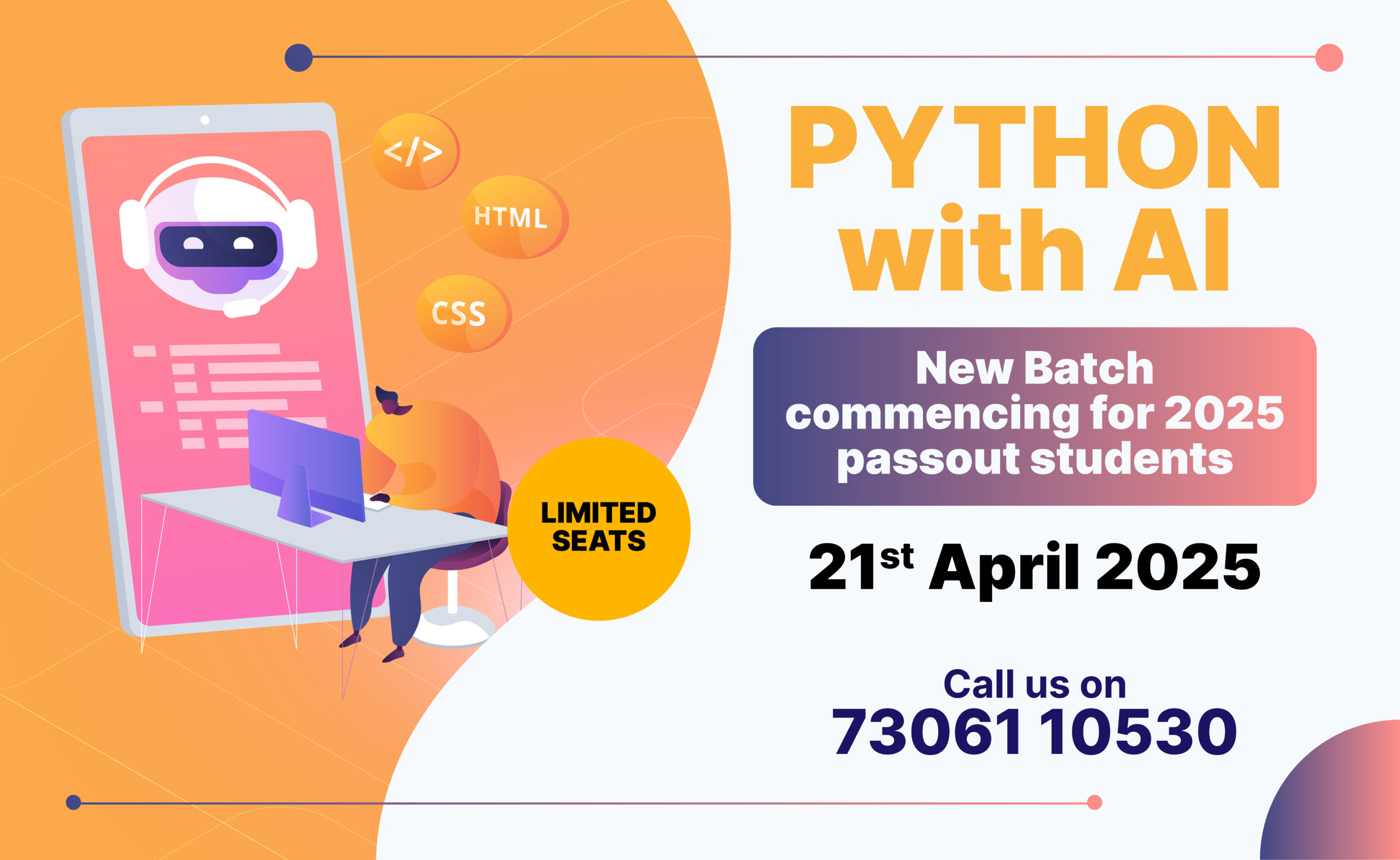

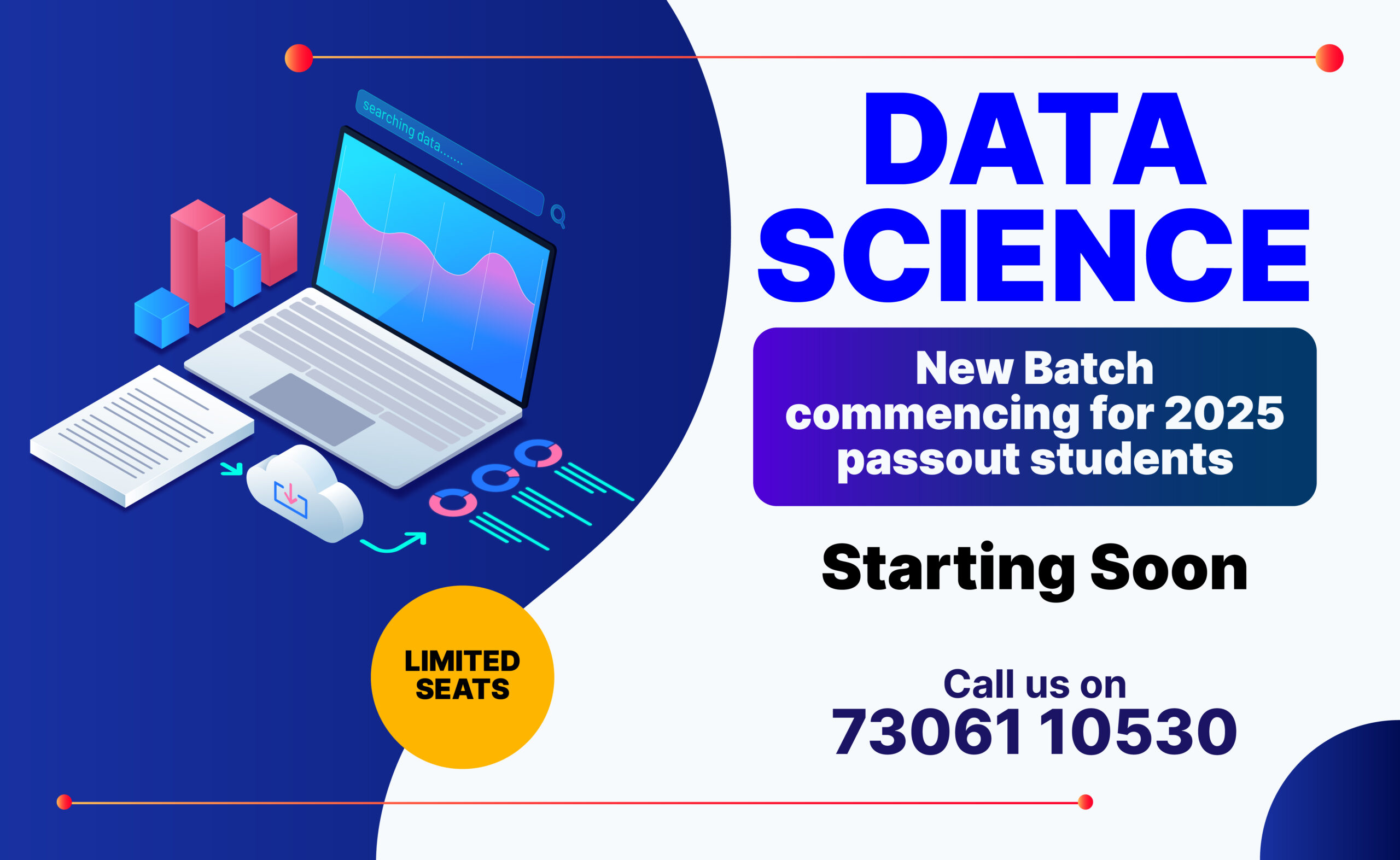

0 Comments